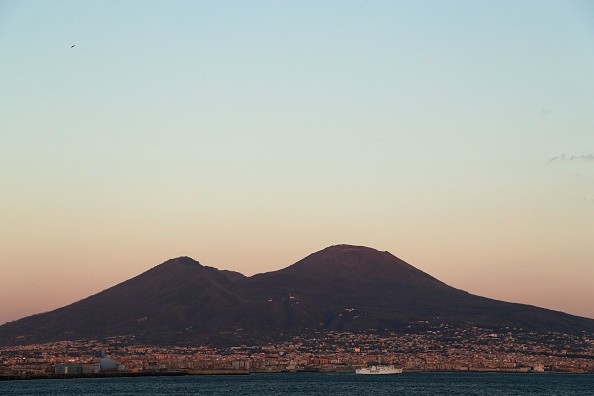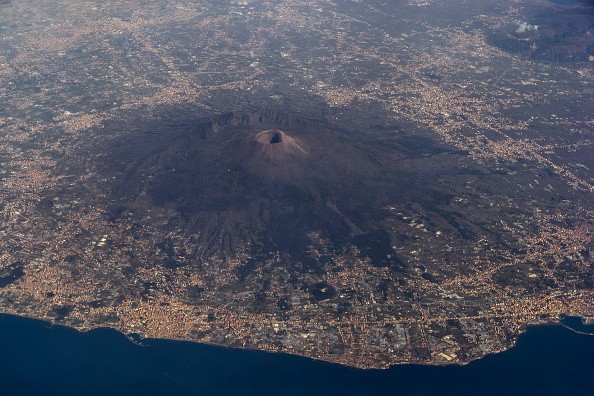Vesuvius is one of the most deadly volcanoes in Europe and over 3 million reside close to it. The volcano has been quiet since its last eruption in 1944, the silence of this dangerous ticking bomb is greatly feared as an eruption can wipe off the entire town within its vicinity and beyond.

When Will Another Vesuvius Eruption Happen?
A research group of volcano experts in ETH Zurich along with some researchers struggle with the pending question of when the volcano might erupt and how strong the next eruption might be.
This prompted them to started studying other dangerous volcanoes and their eruptions in order to prepare themselves for an even bigger turn out of an event that might be in the nearest future, this study covers the activities of volcanoes for the past 10,000 years, according to Phys.org.
The studied eruptions include the Avellino eruption of 3,950 years ago which is considered to be worst along with the eruption of AD 79 that buried the Roman cities of Pompeii and Herculaneum, then there is the eruptions of 472 AD and 8890 BC. The sub-Plinian eruption of AD 472 is the smallest of the investigated eruptions.
Garnet Crystals in Volcano Deposits
A mineral called Garnet crystals that were discovered in the deposits of the volcano by lead author Jörn-Frederik Wotzlaw and ETH Zurich Professor Olivier Bachmann is said to have been grown and stored at the magma chambers in the upper thrust beneath Vesuvius. Scientists, therefore, studies the age of the volcano ejecta using the mineral that was present in it.
To determine the ejecta's age, radioactive elements like uranium and thorium are being used to calculate the crystalization age of the minerals. The garnet used during this study was collected from the site by the ETH team along with colleagues from the Universities of Milan and Bari.
The researchers are convinced that by using this mineral, they can reveal the most explosive magma in the Vesuvius called the "phonolitic" magma which has been stored in the volcano for thousands of years and the crystallization age of the magma can be determined.
Prehistoric studies show the magma resided for 5,000 years in the chambers and was stored in the reservoir for 1000 years before the eruption.

Phonolitic Magma: The Most Explosive Type of Magma at Vesuvius
There are different magma chambers in the volcano connected together, the lower chamber fills the upper chambers which is the critical part of the eruption.
Before an ejection takes place, the magma from the lower chambers increases its recharge from "mafic" magma that flows into the upper chamber from greater depths, which leads to the increase in pressure at the upper chambers and forces the magma upwards causing an eruption.
When asked about the probability of a phonolitic or mafic Magna build, Wotzlaw stated: "The last major eruption in 1944 is now nearly 80 years ago, which may well be the beginning of a prolonged quiescent period during which differentiated magma can accumulate. Still, a dangerous eruption comparable to the one in AD 79 probably needs the quiescent period to last much longer."
"However, smaller but still very dangerous eruptions like the one in 1944 or even the one in 1631 can occur after shorter periods of quiescence. Accurate forecasting of the size and style of volcanic eruptions is so far not possible. However, the reawakening of the magma reservoirs beneath volcanoes is now recognizable by monitoring."
Notably, the dangerous volcano Vesuvius is still under close inspection and there is an emergency plan being outlined for the evacuation within the Naples area to avoid an unexpected tragedy.
For more news, updates about volcanoes and similar topics don't forget to follow Nature World News!
© 2025 NatureWorldNews.com All rights reserved. Do not reproduce without permission.





